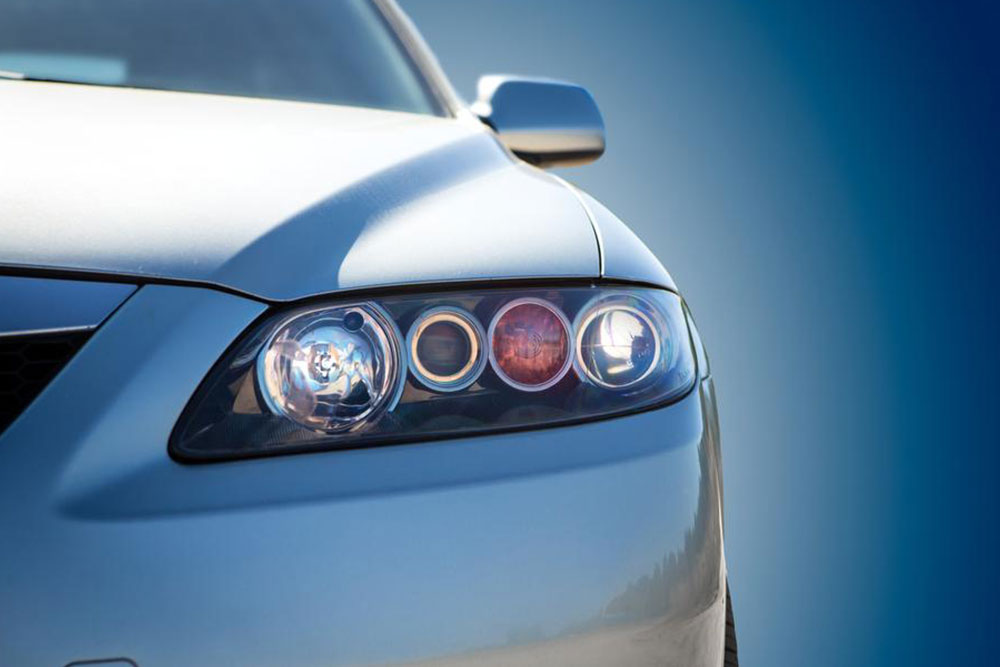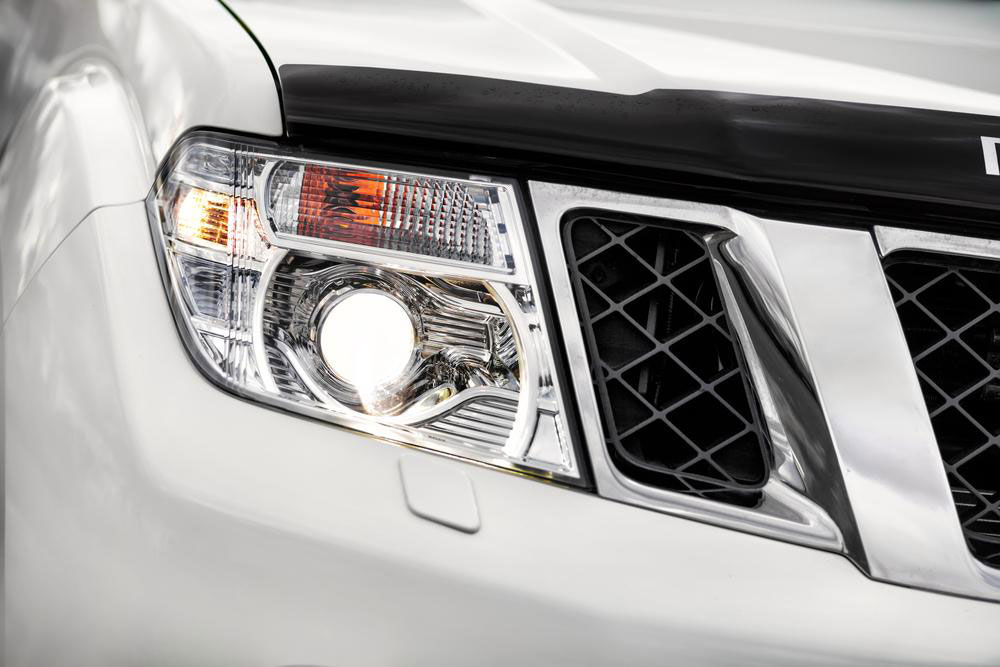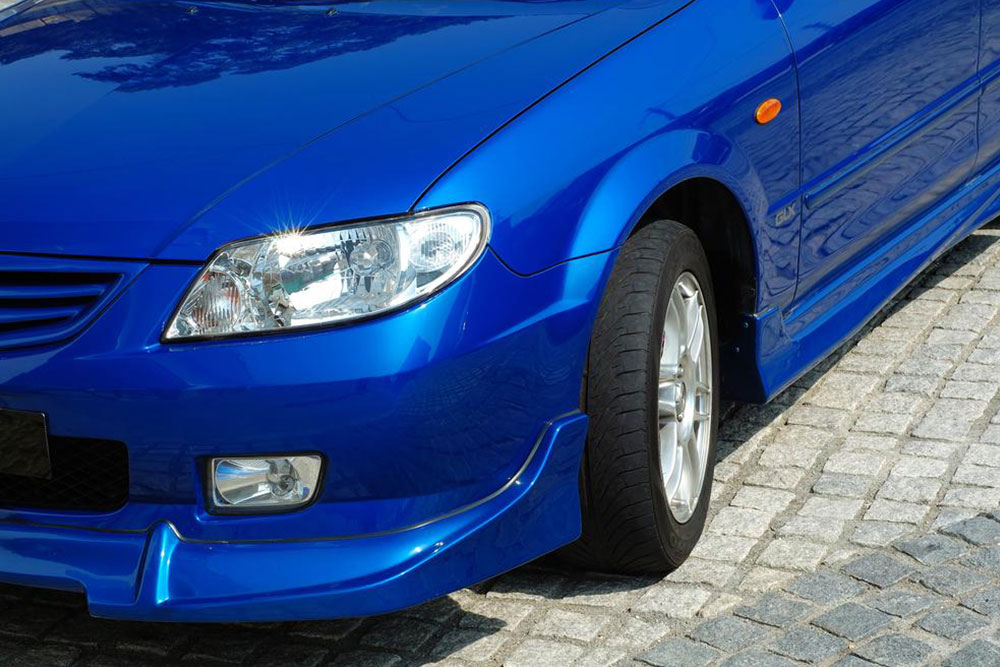Evolution of Automotive Dealerships
This article traces the history and development of automotive dealerships from the early direct sales by automakers to today's franchise-based operations. It highlights key milestones, such as the first dealership in 1898 by William E. Metzger and the legal frameworks shaping modern car sales. Contemporary dealerships feature extensive facilities like showrooms, repair shops, and calibration centers. Major revenue streams include vehicle sales, servicing, and repairs, reflecting the importance of after-sales services in the industry.
Sponsored

When automobiles first gained popularity and began integrating into urban life, initial car sales were direct and managed by manufacturers themselves. These early auto companies handled all aspects from production to sales without intermediaries. The elite class accessed new vehicles through methods like mail orders, advertising campaigns, department store displays, sales agents, and word of mouth.
In 1898, William E. Metzger pioneered the first dedicated car dealership in the U.S. to streamline auto sales. Over time, legislation introduced franchise laws that restricted direct automaker-to-customer sales, establishing licensed, independent dealerships as the primary sales channels.
Modern dealerships operate on industry-specific properties with showrooms, test tracks, repair facilities, calibration centers, and storage. These establishments are typically situated in central industrial zones or outskirts of townships and downtown areas. For example, Collier Motors is a traditional single-owner dealership, while some chains operate hundreds of franchises nationwide.
Revenue for US car dealers primarily comes from servicing and repairs. Additional income is generated from selling used cars, trade-ins, bodywork, paint jobs, and software updates.






